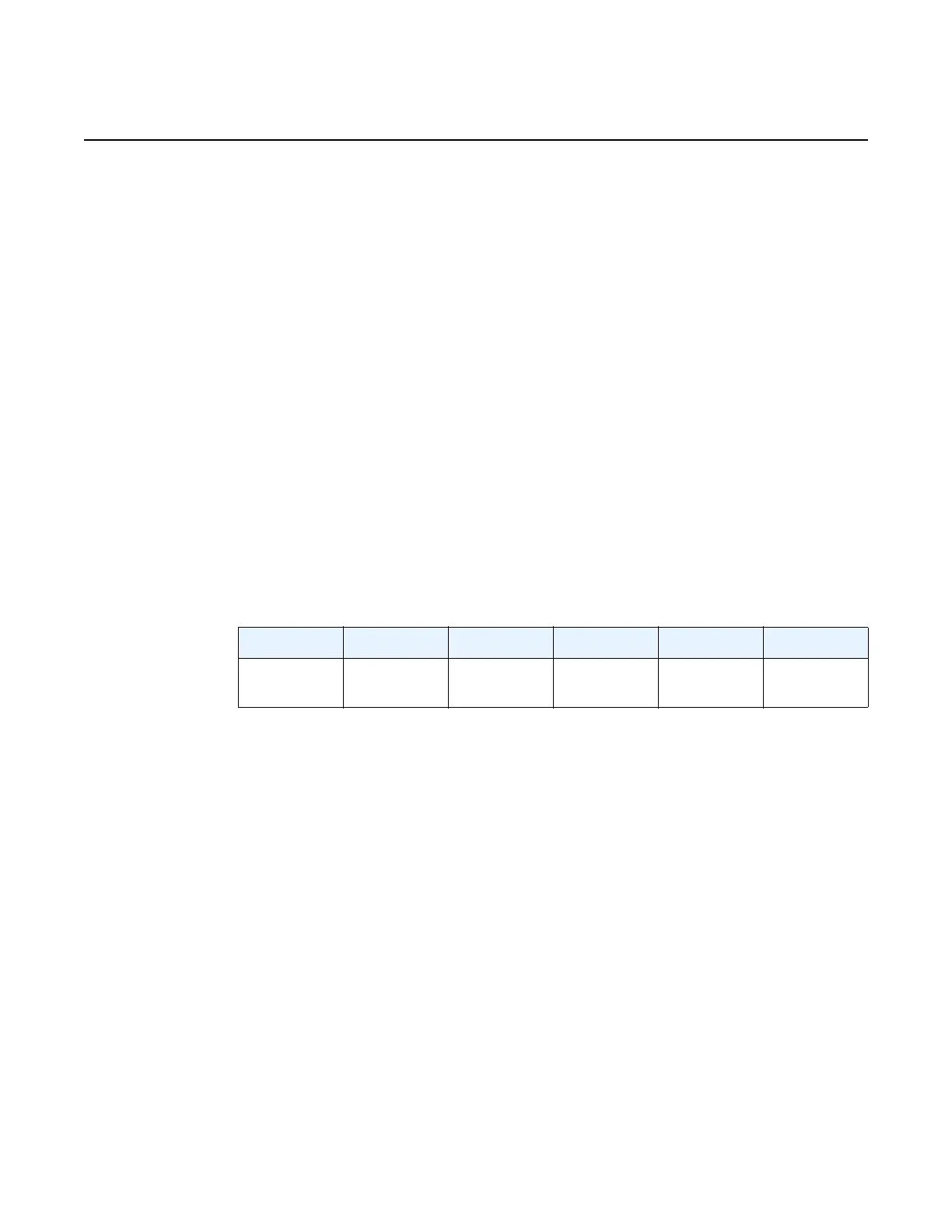Interface Configuration Guide 7705 SAR Interfaces
Edition: 01 3HE 11011 AAAC TQZZA 75
If one or more forwarding classes are mapped to a queue, the scheduling priority of
the queue is based on the lowest forwarding class mapped to it. For example, if
forwarding classes 0 and 7 are mapped to a queue, the queue is serviced by
MC-MLPPP class 3 in a 4-class bundle model.
3.2.3 cHDLC
The 7705 SAR supports Cisco HDLC, which is an encapsulation protocol for
information transfer. Cisco HDLC is a bit-oriented synchronous data-link layer
protocol that specifies a data encapsulation method on synchronous serial links
using frame characters and checksums.
Cisco HDLC monitors line status on a serial interface by exchanging keepalive
request messages with peer network devices. The protocol also allows routers to
discover IP addresses of neighbors by exchanging SLARP address-request and
address-response messages with peer network devices.
The basic frame structure of a cHDLC frame is shown in Table 9.
The fields in the cHDLC frame have the following characteristics:
• Address field—supports unicast (0x0F) and broadcast (0x8F) addresses
• Control field—always set to 0x00
• Protocol field—supports IP (0x0800) and SLARP (0x8035; see SLARP for
information about limitations)
• Information field—the length can be 0 to 9 kbytes
• FCS field—can be 16 or 32 bits. The default is 16 bits for ports with a speed
equal to or lower than OC3, and 32 bits for all other ports. The FCS for cHDLC
is calculated with the same method and same polynomial as PPP.
Table 9 cHDLC Information Frame
Flag Address Control Protocol Information FCS
0x7E 0x0F, 0x8F 0x00 0x0800,
0x8035
— 16 or 32 bit

